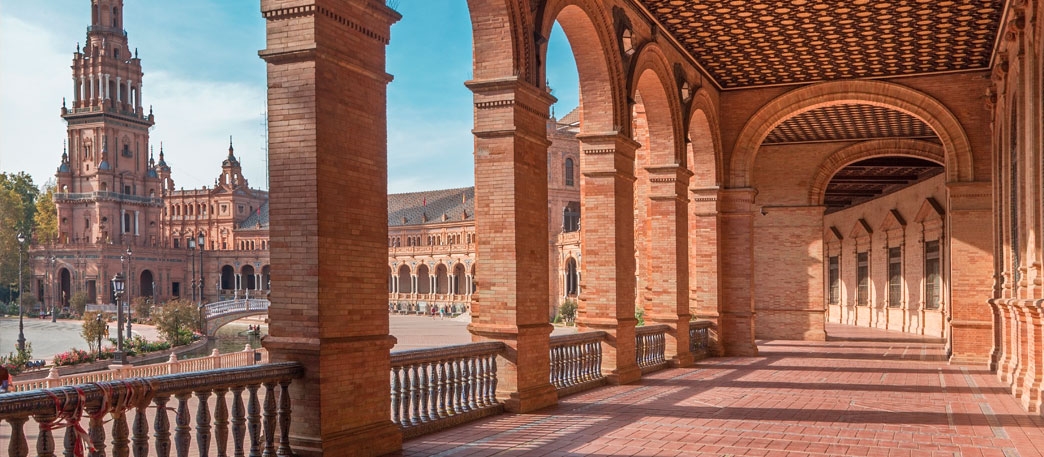The father of regionalist architecture
The physiognomy of Seville is largely due to the brilliant contribution of Aníbal González, an architect who assimilated the precepts of Modernism to express himself through a style closely linked to his land: Regionalism.
Regionalism.
A look at the history
Regionalism develops a look at the past, a reinterpretation of the historical styles of Seville’s architecture. Mudejar becomes neomudejar, Baroque becomes neobaroque, Gothic becomes neogothic… historic Seville grows with historicist Seville. And all thanks to the talent of a small group of architects, among whom the figure of Aníbal González stands out.
And all thanks to the talent of a small group of architects, among whom the figure of Aníbal González stands out.
Prolific in the manner of Eiffel in Paris, and decisive in the reinvention of urban landscapes, in the manner of Gaudí in Barcelona, Aníbal González knew how to configure an architectural current that clung to the philosophy of his city as forging adheres to the brick of its characteristic constructions.

A decisive architect
You can find buildings by this architect scattered all over the city: from stately homes downtown, to institutional buildings, to collective housing. If you ask people about its author, they will almost always tell you «…by Aníbal González, I think», because he really was a very prolific author, but also, although some are not his designs his influence can be perceived in many constructions of the time.


